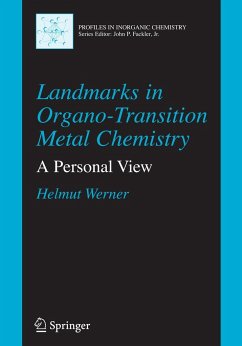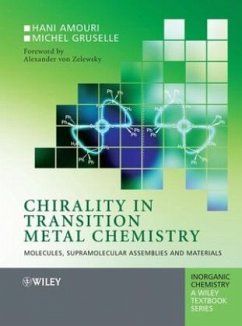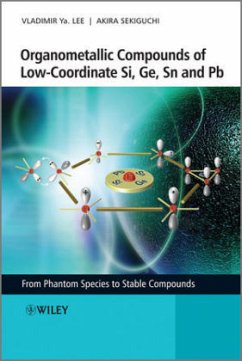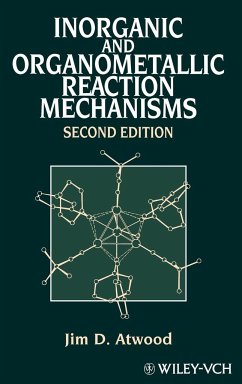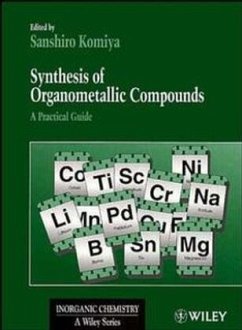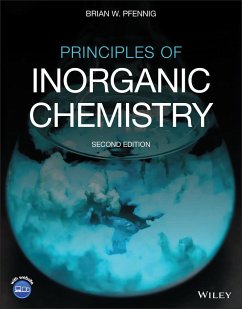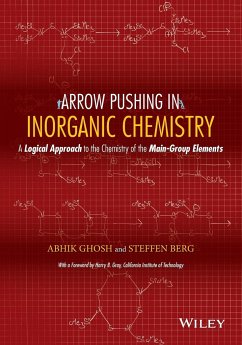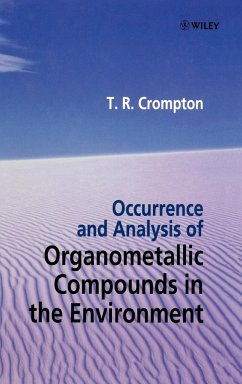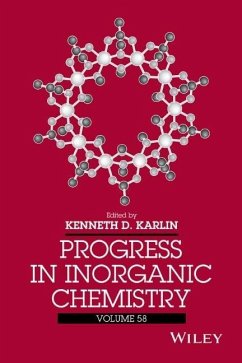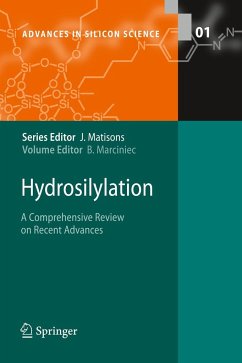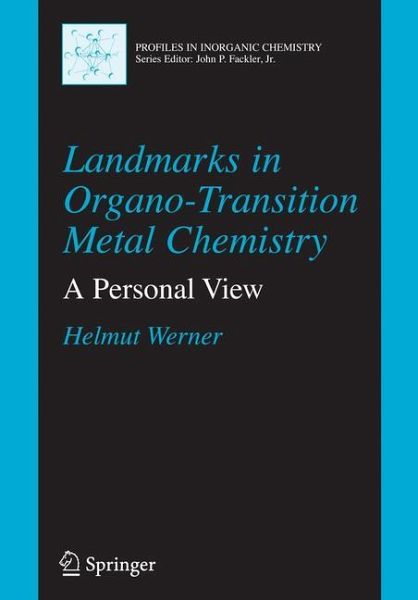
Landmarks in Organo-Transition Metal Chemistry
A Personal View
Versandkostenfrei!
Versandfertig in 6-10 Tagen
76,99 €
inkl. MwSt.
Weitere Ausgaben:

PAYBACK Punkte
38 °P sammeln!
Since the discovery of ferrocene and the sandwich-type complexes, the development of organometallic chemistry took its course like an avalanche and became one of the scientific success stories of the second half of the twentieth century. Based on this development, the traditional boundaries between inorganic and organic chemistry gradually disappeared and a rebirth of the nowadays highly important field of homogeneous catalysis occurred. It is fair to say that despite the fact that the key discovery, which sparked it all off, was made more than 50 years ago, organometallic chemistry remains a ...
Since the discovery of ferrocene and the sandwich-type complexes, the development of organometallic chemistry took its course like an avalanche and became one of the scientific success stories of the second half of the twentieth century. Based on this development, the traditional boundaries between inorganic and organic chemistry gradually disappeared and a rebirth of the nowadays highly important field of homogeneous catalysis occurred. It is fair to say that despite the fact that the key discovery, which sparked it all off, was made more than 50 years ago, organometallic chemistry remains a young and lively discipline.




